Chevron Corporation, a global leader in integrated oil and gas, has long been a favorite for energy investors. With its diverse portfolio, significant financial metrics, and notable business strategies, Chevron’s stock poses a compelling question: is it a buy, hold, or sell today? This article delves into Chevron's business model, financial performance, valuation methods, and its potential trajectory.
Chevron’s Business Model: Upstream vs. Downstream
Chevron’s operations are categorized into two major segments:
- Upstream Business: Focuses on oil and gas exploration and production, extracting resources from the ground.
- Downstream Business: Involves refining and marketing these resources to end customers, including gasoline and petrochemical products.
Interestingly, while Chevron's downstream segment dominates in terms of revenue generation, its upstream business is more profitable. This balance highlights a key aspect of Chevron’s strategic operations.
Hess Acquisition: A Growth Initiative
In 2023, Chevron announced its acquisition of Hess Corporation (Ticker: HES), a strategic move aimed at bolstering its upstream capabilities. This acquisition, expected to close mid-2025, has already received some approvals while others are pending. Hess’s stronger profit margins are anticipated to enhance Chevron’s overall profitability—a promising development for long-term investors.
Financial Overview
Revenue Trends
Chevron’s revenue has shown a broad upward trend but remains susceptible to volatility caused by fluctuations in commodity prices. For instance:
- In 2022, high crude oil prices drove revenue upward.
- Conversely, lower oil prices in prior years led to dips in revenue.
Analysts project that Chevron’s revenue will remain relatively flat in the near term, closely mirroring trends in global energy markets.
Profit Margins
Chevron’s net profit margins currently stand at 8.7%, aligning with its long-term average. This steady performance underscores the company’s ability to convert a significant portion of revenue into profits, although energy-sector volatility remains a concern.
Free Cash Flow
Free cash flow estimates for Chevron show gradual growth, as analysts forecast an upward trend. With free cash flow being vital for dividend payouts, acquisitions, and reinvestments, this metric strengthens Chevron’s position as a reliable investment.
Valuation Analysis
Chevron’s valuation methods paint a nuanced picture:
- Discounted Cash Flow (DCF): Using free cash flow estimates, Chevron’s stock is valued at over $200 per share, suggesting significant undervaluation compared to its current trading price of approximately $150.
- Price-to-Earnings (P/E) Ratio: Chevron trades slightly above the industry average, implying potential overvaluation. However, its 10-year P/E average indicates the stock may be fairly priced.
These mixed signals highlight the importance of considering multiple valuation methods when analyzing energy stocks.
Dividend History
Chevron has a strong dividend track record, consistently increasing payouts over the past two decades. The only pause in growth occurred in 2015 due to challenges in covering dividends with free cash flow. Currently, Chevron boasts reliable dividend coverage and remains committed to rewarding shareholders.
Bull vs. Bear Case
Bullish Factors
- Undervaluation: Chevron appears attractive based on DCF valuation.
- Growth Initiatives: Expansion projects like the Tengiz oil field in Kazakhstan and the Hess acquisition enhance long-term prospects.
- Dividend Reliability: A consistent history of dividend growth and strategic asset allocation.
Bearish Concerns
- Profit Volatility: Chevron’s profitability is highly dependent on fluctuating oil and gas prices.
- Geopolitical Risks: International operations expose Chevron to regulatory and political uncertainties.
Conclusion: A Balanced Perspective
Chevron remains a robust player in the energy sector, with promising growth initiatives and reliable dividends. However, potential investors should weigh the risks associated with commodity price volatility and geopolitical challenges. For those confident in Chevron’s ability to navigate these obstacles, the stock offers a balanced blend of stability and growth.
https://youtu.be/-Kqs9UL0I-o?si=4e8x9NEvkq3_H2Hq







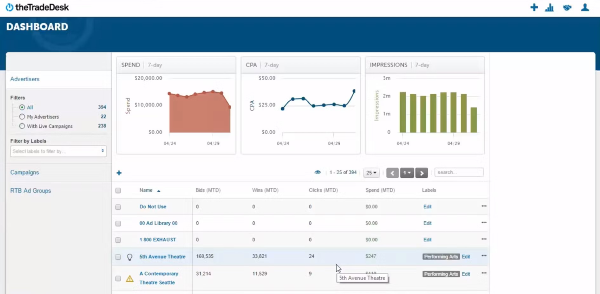

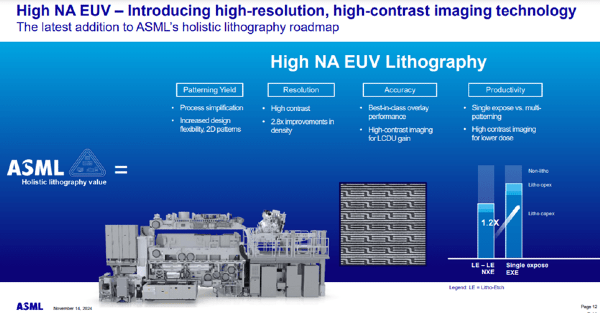
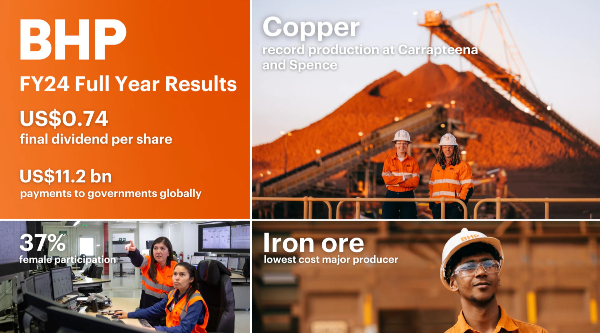
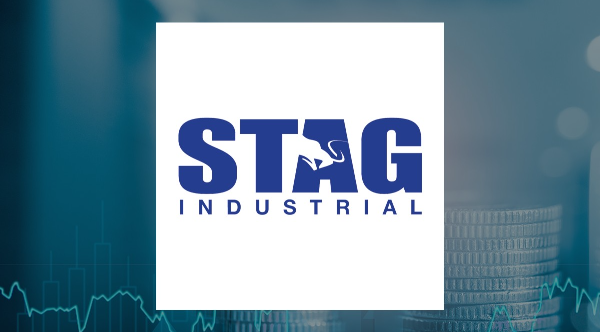


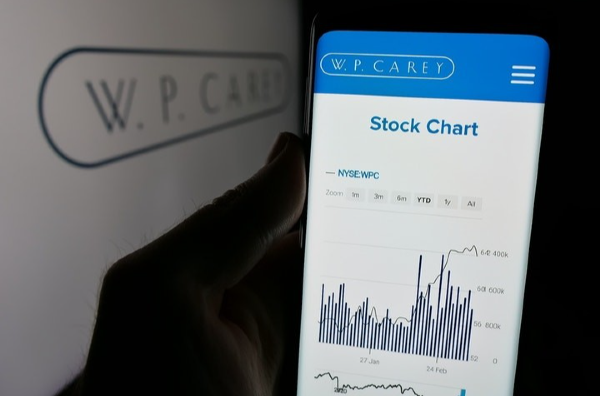
















Chevron Corporation, a global leader in integrated oil and gas, has long been a favorite for energy investors. With its diverse portfolio, significant financial metrics, and notable business strategies, Chevron’s stock poses a compelling question: is it a buy, hold, or sell today? This article delves into Chevron's business model, financial performance, valuation methods, and its potential trajectory.
Chevron’s Business Model: Upstream vs. Downstream
Chevron’s operations are categorized into two major segments:
Interestingly, while Chevron's downstream segment dominates in terms of revenue generation, its upstream business is more profitable. This balance highlights a key aspect of Chevron’s strategic operations.
Hess Acquisition: A Growth Initiative
In 2023, Chevron announced its acquisition of Hess Corporation (Ticker: HES), a strategic move aimed at bolstering its upstream capabilities. This acquisition, expected to close mid-2025, has already received some approvals while others are pending. Hess’s stronger profit margins are anticipated to enhance Chevron’s overall profitability—a promising development for long-term investors.
Financial Overview
Revenue Trends
Chevron’s revenue has shown a broad upward trend but remains susceptible to volatility caused by fluctuations in commodity prices. For instance:
Analysts project that Chevron’s revenue will remain relatively flat in the near term, closely mirroring trends in global energy markets.
Profit Margins
Chevron’s net profit margins currently stand at 8.7%, aligning with its long-term average. This steady performance underscores the company’s ability to convert a significant portion of revenue into profits, although energy-sector volatility remains a concern.
Free Cash Flow
Free cash flow estimates for Chevron show gradual growth, as analysts forecast an upward trend. With free cash flow being vital for dividend payouts, acquisitions, and reinvestments, this metric strengthens Chevron’s position as a reliable investment.
Valuation Analysis
Chevron’s valuation methods paint a nuanced picture:
These mixed signals highlight the importance of considering multiple valuation methods when analyzing energy stocks.
Dividend History
Chevron has a strong dividend track record, consistently increasing payouts over the past two decades. The only pause in growth occurred in 2015 due to challenges in covering dividends with free cash flow. Currently, Chevron boasts reliable dividend coverage and remains committed to rewarding shareholders.
Bull vs. Bear Case
Bullish Factors
Bearish Concerns
Conclusion: A Balanced Perspective
Chevron remains a robust player in the energy sector, with promising growth initiatives and reliable dividends. However, potential investors should weigh the risks associated with commodity price volatility and geopolitical challenges. For those confident in Chevron’s ability to navigate these obstacles, the stock offers a balanced blend of stability and growth.
https://youtu.be/-Kqs9UL0I-o?si=4e8x9NEvkq3_H2Hq